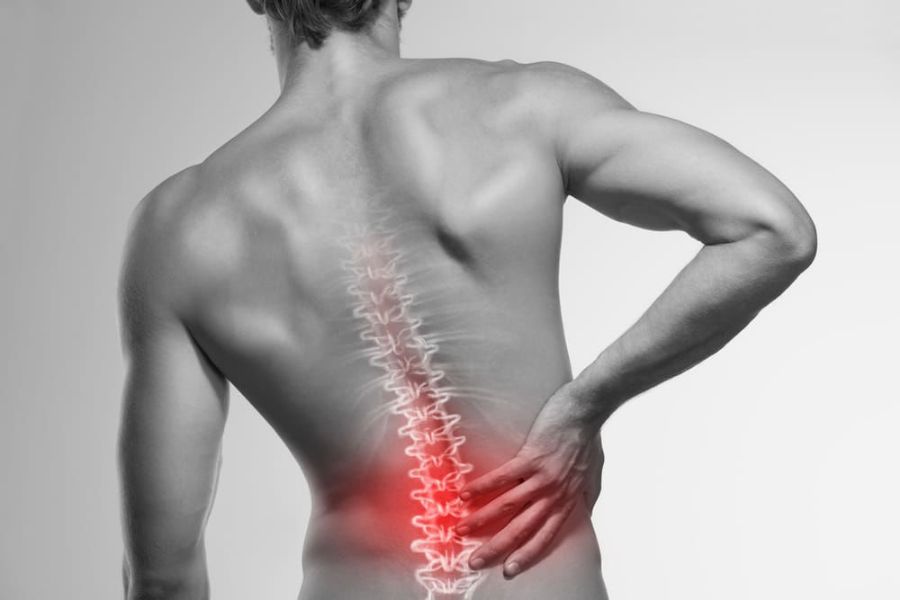Back pain ranks as one of the most frequent reasons people miss work or go to the doctor, and it's a leading cause of missed days at work. Thankfully, you could take measures to either prevent or alleviate most back pain episodes without any medication. Proper body mechanics and postural control when exercising can often heal your back in just a matter of weeks. If prevention fails, back muscle sprain or strain may only resolve when you take medication.
For chronic back pain, the road to recovery can be long and arduous. Chronic conditions are more likely to have underlying causes that are currently unknown. However, in almost all cases, the condition stems from a combination of muscle tension and prolonged immobility. In this case, a combination of exercise, rest, and good postural habits can cure your back pain for good. Rest is imperative: resting after every workout is important as it "sets the scene" for your next session, but you don't want to rest too much, or you'll be stiff and sore the day after.
Strengthening and stretching exercises for your lower back can do wonders for both prevention and relief. Stretching tight muscles and strengthening weak ones can not only reduce pain (Voltaren Extra Strength) symptoms but strengthen ligaments and muscles so you can avoid another episode. Also, stretches help ease any inflammation by lubricating the joints. In this way, regular stretching for your lower back pain can not only help improve its severity but also protect it against future episodes.
Using Cold Therapy To Improve Back Pain
Basic cold therapy can include the application of warm compresses, ice chips, warm baths, or even a warm water bottle. For severe back pain, physicians often recommend cryotherapy to reduce inflammation and increase healing time between therapy sessions. This treatment is often done in an office setting using a cryoprobe that injects a solution directly into the back to reduce swelling and increase blood flow to the area. Patients typically return to normal activities within one to two days, and they are sent home to get back to their daily activities.
There are numerous kinds of cold therapy depending on the type of injury and the severity of the injury, and the extent of the damage. If you are experiencing significant pain or if your injury has caused deformity or limited joint function, you may need to have surgery or physical rehabilitation to correct the damage. Many physicians recommend using cold therapy immediately following surgery to reduce inflammation (robax platinum) and alleviate pain, and many patients find that using cold after physical therapy relieves pain or stiffness.
If the source of your injury is from traumatic injuries such as a sports-related injury or car accident, using heat and ice packs and alternating heat and cold may help speed healing. If your injury has not been involved in sports or auto accidents, you can use a cryo cuffpad to relieve soreness and provide pain relief quickly. For back pain, you can use a cold-water bottle wrapped in a towel to provide relief from soreness and apply it to the back for pain relief. You can also apply chilled wraps to increase blood flow and promote healing.
.png)


 US Dollar
US Dollar  Canadian Dollar
Canadian Dollar 






























.png)
